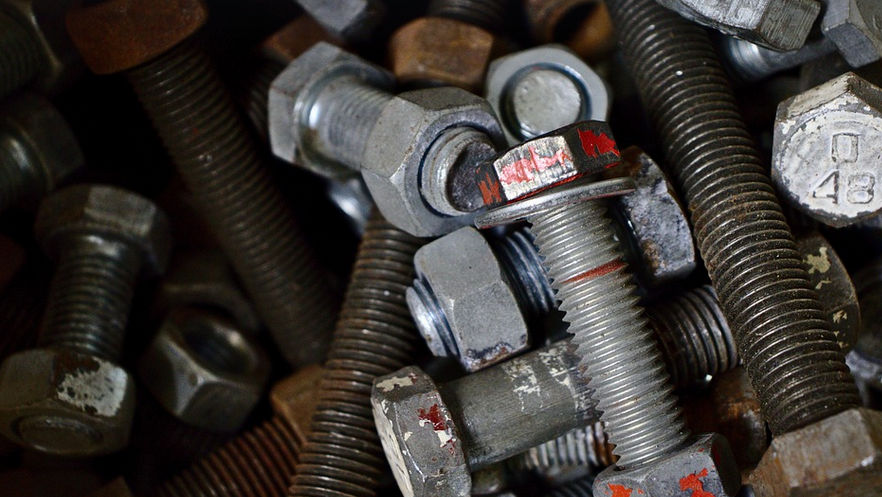
White Caulking For Trim: A Must-Have For A Neat Finish
Level Up Your Home’s Aesthetics with the Power of White Caulking
Let’s face it, sometimes home improvement projects can feel like climbing Mount Everest. You need to ensure a neat and polished finish, yet you also want to make things look as good as possible—and that’s where white caulking comes in! It’s not just about sealing gaps; it’s about adding a touch of charm and finesse. And when we’re talking about trim work, white caulk can truly elevate the visual appeal of your home.
We all know how frustrating it can be to see that gap between a wall and the wooden trim or the uneven line in a window sill after painting or installing new trims. White caulking is like a superhero for these little imperfections, making them disappear with a smooth and seamless finish. It’s not just about fixing gaps; it’s about creating a cohesive, polished look that brings out the best in your home.
The Why Behind White Caulking
Before we dive into the “how,” let’s talk about why white caulking is such a game-changer. It goes beyond just sealing gaps; it truly transforms the visual appeal of your space.
First and foremost, white caulking acts like a magic eraser for those pesky imperfections. It seamlessly blends with most trims and walls, creating an invisible barrier against dust, moisture, and even pests! This makes them ideal for areas prone to wear and tear, such as door and window frames, stair treads, or around plumbing fixtures.
White caulking can be applied to a variety of surfaces, making it incredibly versatile. You can use it on walls, baseboards, moldings, fences, and even furniture! It’s like having a Swiss Army knife of finishing solutions, ready at a moment’s notice. It truly enhances the overall look and feel of your home.
Beyond aesthetics, white caulking is a practical necessity for protecting your home’s integrity from the elements.
In addition to its aesthetic benefits, white caulking provides a vital barrier against moisture, dust, and mildew—creating a cleaner and healthier environment. It’s like a shield for your trims, preventing unwanted intrusions from ruining the look of your home.
The Art of White Caulking
Alright, let’s move on to the “how” – the art of applying white caulking for a flawless finish. You want a smooth application, right?
First and foremost, choose the right caulk—white! It’s crucial to select a high-quality caulk that’s designed for exterior or interior use depending on your project.
Next, prepare your workspace: wipe clean any dirt or grime from the area you’re caulking. This ensures a smooth and lasting application of the white caulk.
Now comes the fun part—applying the caulk! Use a caulk gun equipped with a nozzle to create small dots of caulk along the gap, ensuring an even distribution of the product. It’s all about precision; practice makes perfect!
As you apply the caulk, remember that smoothness is key! Avoid thick or uneven applications as it can lead to bumps and ridges. Use a damp finger and wipe away excess caulk before it sets. This will ensure your finished look.
Once you’ve applied the caulking along all the gaps and joints, allow it to dry completely before applying any paint or other finish.
Finally, give your project one last polish! Use a damp sponge to remove any excess caulk and clean up around the area to ensure a cleaner look. This subtle detail can truly bring out the beauty of your work.
What Type of Caulking Should You Use?
Choosing the right caulk for your trim is crucial to achieving a lasting, seamless finish. White caulking comes in various types, and each type has its unique properties—so think about what you need before going out to buy.
For example, there’s paintable white caulk: this allows you to paint the caulk after it dries for a truly seamless blend with your color scheme. This is ideal if you want to do something like painting a trim or wall.
Alternatively, there’s a non-paintable caulk that gives you more control and flexibility over your project. It can be used for larger gaps that you don’t want painted.
No matter which type you choose, it’s important to read the manufacturer’s instructions before applying it—to ensure proper application and long-lasting results.
A Few Extra Tips for Perfect Caulking
Here are a few extra tips to help you achieve that perfect caulking finish:
**Cleanliness is key:** Make sure the area you’re working on is clean. Dust, dirt and debris can interfere with your caulking process.
**Use the right tools: ** A caulk gun is essential; it makes applying the white caulk smoother and faster.
**Start from one edge:** Instead of applying all at once, start by applying a small amount of caulk to one of the edges. Once you get the hang of it, you can gradually apply more as needed.
**Practice makes perfect:** Don’t be afraid to experiment before starting your project; practice on a piece of scrap wood or cardboard to develop your technique.
**Patience is crucial:** White caulking takes time to dry. Allow the caulk to sit for 24 hours before painting over it, and you’ll achieve an ideal finish.
The Perfect Blend of Aesthetics and Functionality
The ultimate goal with white caulking is to achieve a flawless finish that blends seamlessly into your existing trim while adding a touch of visual appeal. This creates a clean, well-organized look that improves the aesthetics of your home.
For example, if you’re working on a kitchen backsplash, white caulking will help create a smooth and seamless transition between the wall and the tiles, enhancing the overall design. It can also help protect the seams from moisture and dust, ensuring longevity in high-traffic areas.
White caulking is not just about sealing gaps; it’s about bringing out the best in your home. It enhances its aesthetics, adds functionality, and creates a cleaner, healthier environment for you and your family.